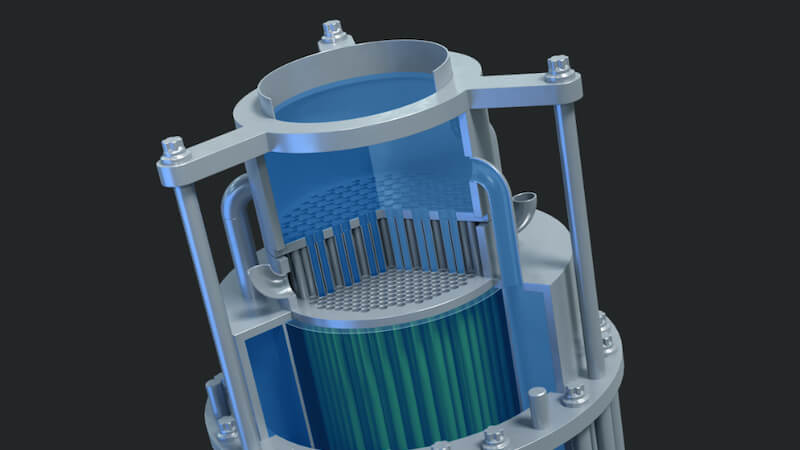What’s behind the price cuts?
Tesla has lowered the prices for its electric cars in many countries, including Germany. For customers who only want to strike now, the American Stromer are almost a bargain. But how can Tesla afford the spending mood in the crisis? An example shows that customers should keep their eyes open.
Price cuts at Tesla: where does the money for cheap electric cars come from?
Anyone who is currently buying an e-car from Tesla can look forward to reduced prices. In Germany, for example, Model 3 and Model Y were sometimes significantly cheaper. With this, the electric car manufacturer wants to rekindle the interest that has waned recently. But where does that come from money for the high discounts, who slip through the fingers of Tesla?
One possibility is savings in equipment: For example, Tesla has been doing without ultrasonic sensors for a few months, which previously provided some driver assistance programs with information about the environment. In the future, the cameras on board should be sufficient for this.
With one example, it has now become known that Tesla is also making savings elsewhere: the US manufacturer is said to be better brakes on the Model Y Performance exchanged for inferior ones to have. Apparently, a cover for the brake pads was installed to hide this flaw (source: Electrek). The difference between the brakes may not be huge, which is also reflected in the slightly reduced price. At around 500 euros less than before, the performance variant is by no means as much cheaper as the basic version.
Whether the Brembo brakes on the Model Y Performance for the be replaced on the German market is not yet known. First, the e-car portal Electrek from the United Kingdom reported based on information from a Tesla supplier.
What you should also know about Tesla:
With margin number 1: Tesla still has room for e-car prices
But there is also a very simple advantage that Tesla can use to save. The e-car pioneer relies on maximum power practically from the start cost optimization during the production. What sometimes manifests itself in uneven gaps and generally inferior workmanship compared to other premium providers has also ensured that Tesla has a fantastic profit margin per vehicle sold can show.
According to an evaluation by the international management consultancy EY, Tesla can defend its first place in this regard. In the third quarter of 2022, Tesla’s margin per e-car averaged 17.2 percent – with a decent gap to Mercedes in second place with 13.8 percent. So Musk or Tesla simply have them too more air in the price of e-cars and can therefore accommodate customers more easily in case of doubt – especially since the margin for more expensive models such as the Model S is likely to be much higher.

